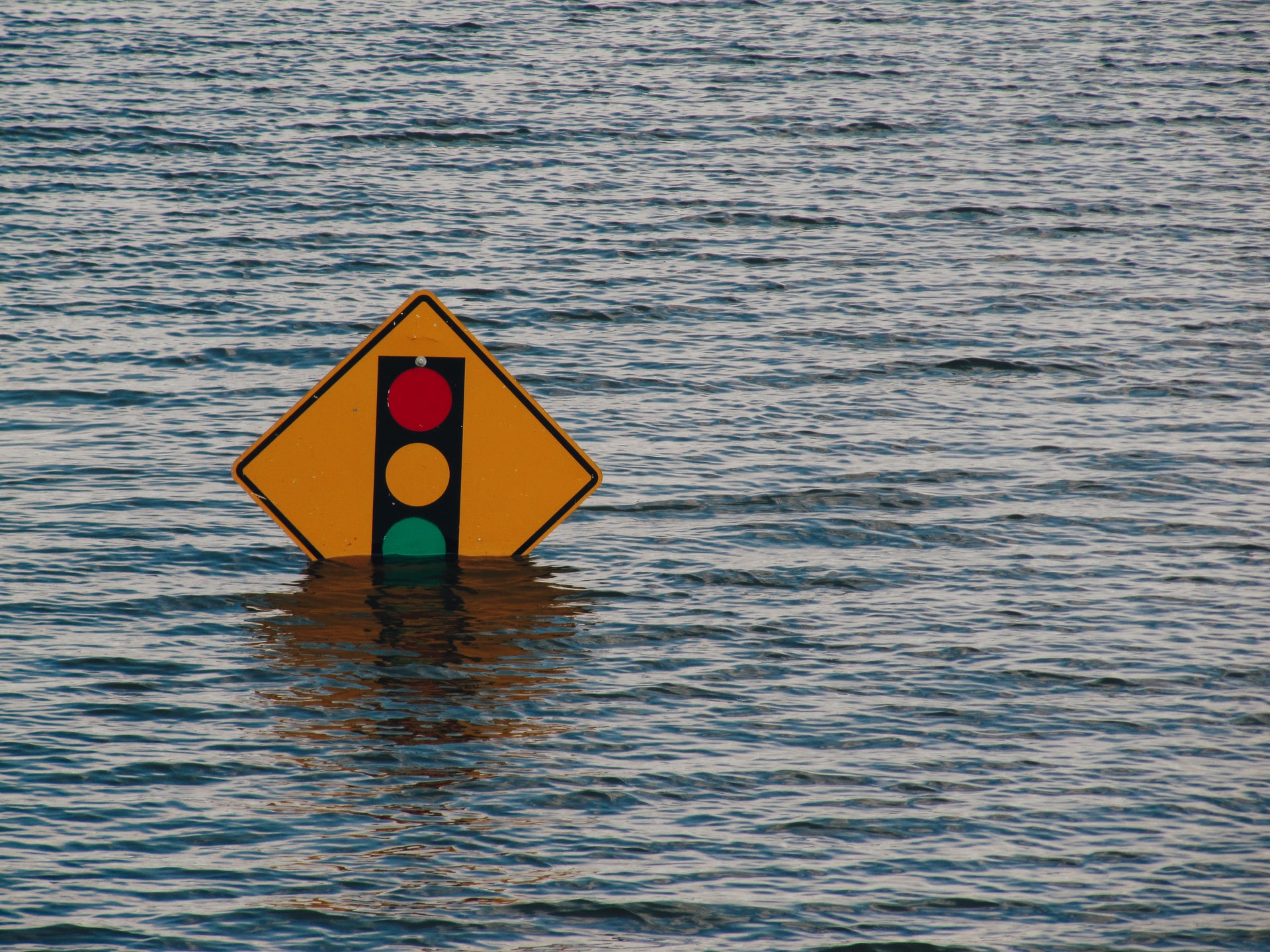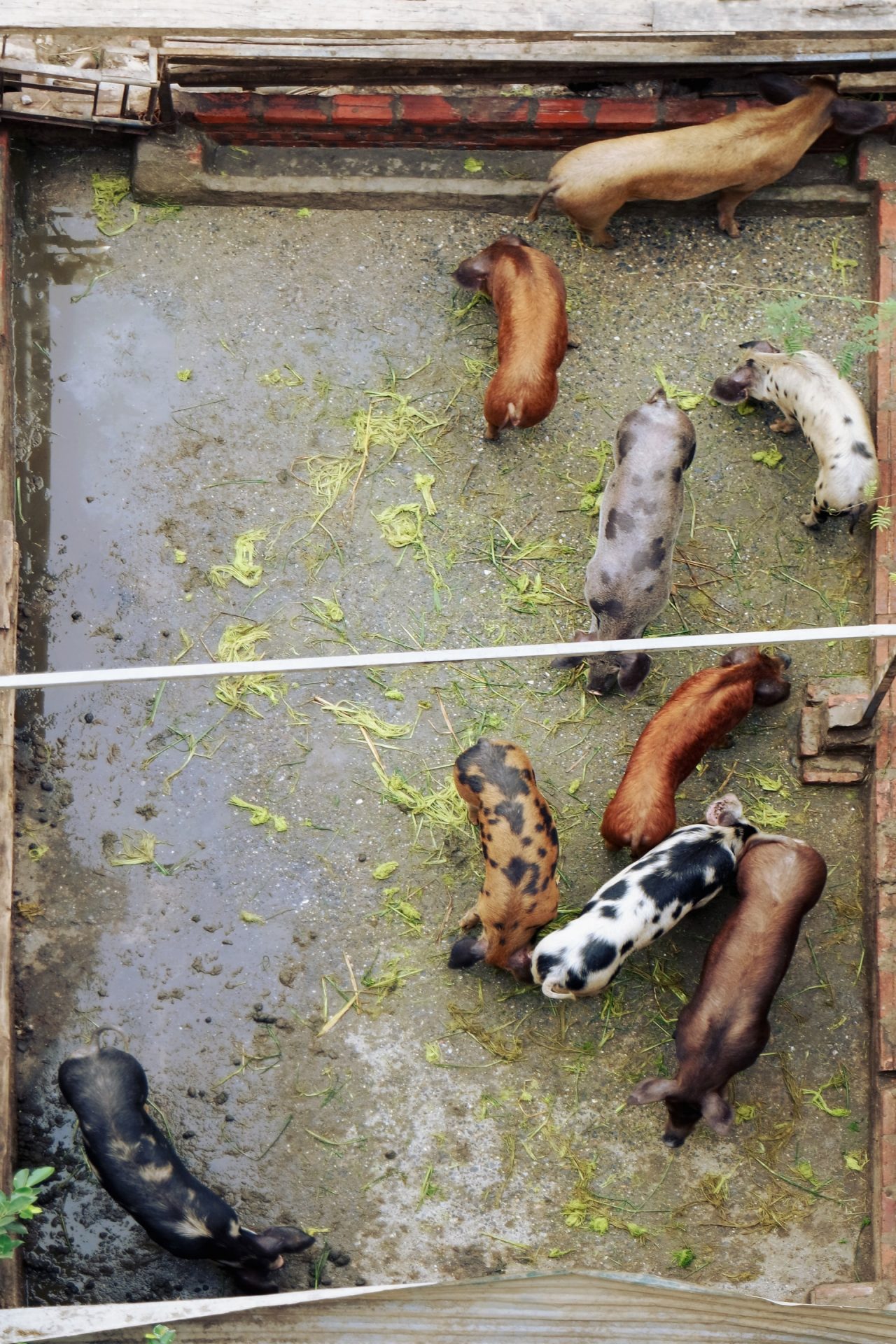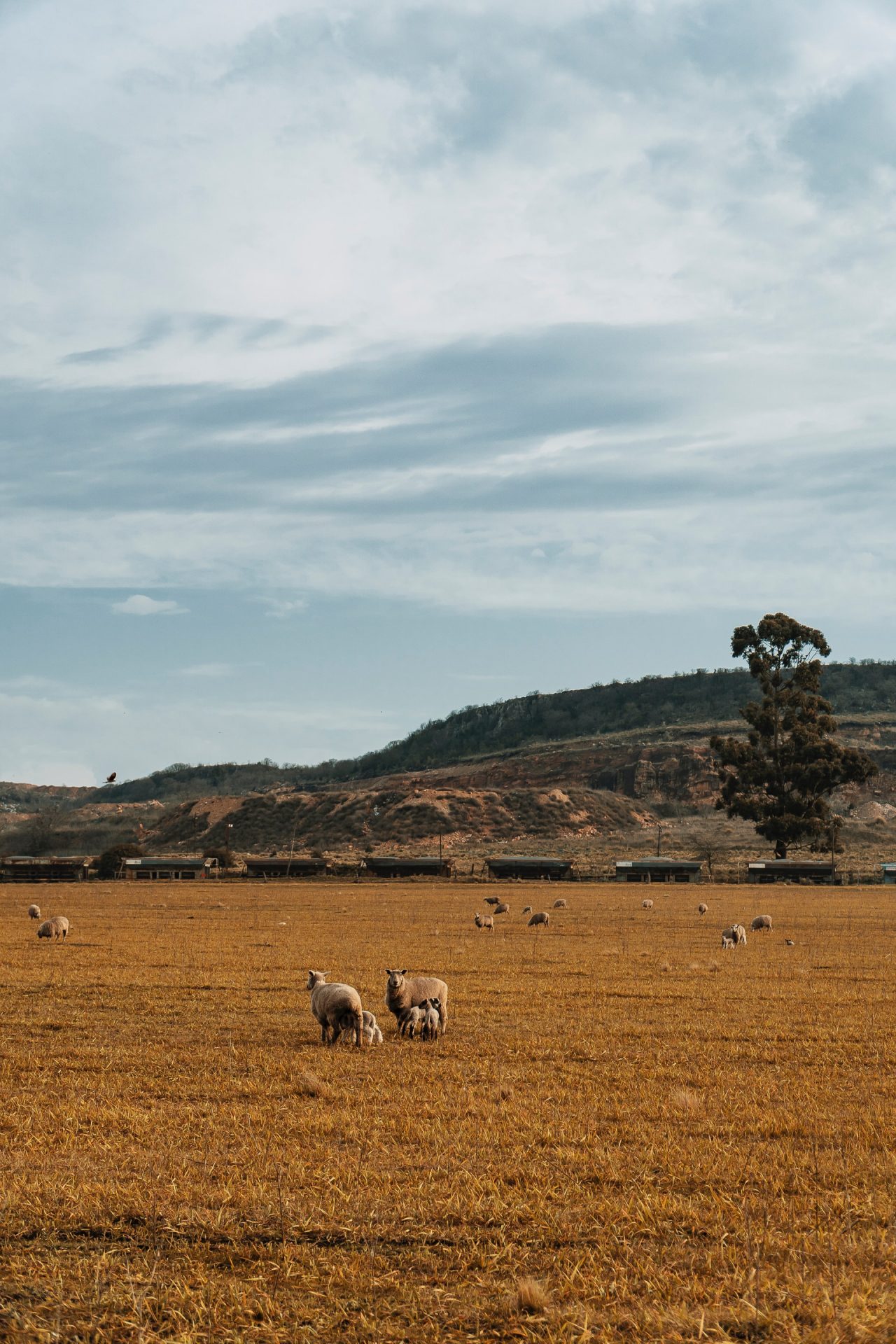BLOG | Bluephage
How pathogens in manure cause human disease

Faecal pollution sources from human or animal are among the most important loss of water quality. When flooding occurs, the resulting standing water might be contaminated by human sewage and animal and industrial wastewater.
The potential for faecal contamination of water resources in the event of flooding could increase in rural towns where houses and farms in agricultural areas often have septic systems for sewage treatment, lagooning systems to treat liquid animal waste or intensive fertilization of crops using livestock manure.
The problem of elevated levels of faecal coliforms and fecal streptococci in fields where animal manure is applied is exacerbated when extensive rainfall leads to flooding.
The likely result could be a biological mixture of human and animal faecal matter and with-it pathogenic microorganisms can be transmitted by floodwaters spreading.
A study conducted by the Natural Resources Defense Council and the Clean Water Network (NRDC) in the United States highlights the public health and environmental risks associated with using the lagoon and spray field system commonly used by many types of factory farms to dispose of animal waste. It is clear that animal waste from large factory farms threatens our health, the water we drink and bathe in, and the future of rivers, lakes, and streams.
Pathogenic microorganisms are a potential source of infection for animals and humans in livestock waste and sewage. Drinking water wells in homes near animal waste application sites can become contaminated with pathogens or other pollutants.
The microbial quality of feedlot wastewater is a subject acquiring greater importance in national and international regulations and is also a topic of interest in research studies in recent years. In addition, zoonotic diseases have also gained greater attention in recent years for the control of those pathogens that can be transmitted from animals to humans. Moreover, health research studies related to CAFOs (concentrated animal feeding operations) found that several pathogenic microbes in swine and poultry waste could be transmitted and infect humans. Therefore, land application of swine lagoon effluents could pose a risk to communities that rely on groundwater for drinking and could also degrade the microbial quality of nearby surface waters.


According to the EPA, bacteria and parasites such as E. coli, Salmonella, and Giardia found in dairy waste can contaminate drinking water, cause acute gastroenteritis, fever, kidney failure, and even death. Some pathogens, found in the intestines and faeces of animals and humans, could be extremely virulent and could be transmitted from untreated wastewater or sludge to the drinking water resources or other water uses (recreational, reuse, agricultural irrigation, etc.).

